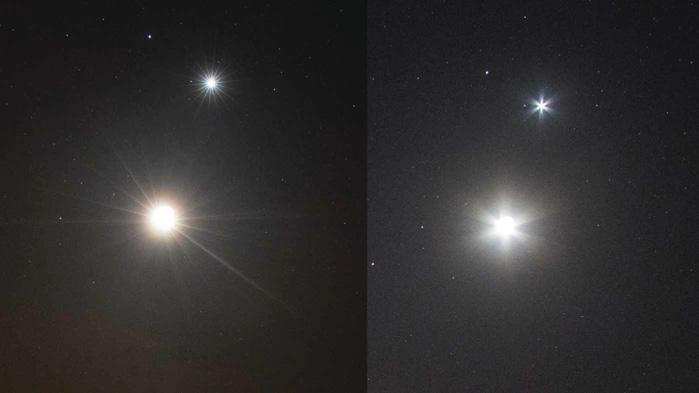
Venus is well-placed in the evening twilight this month, an intense blaze of light, difficult to miss in clear skies. It's an interesting object astronomically, showing subtle atmospheric markings through the eyepiece, as well as displaying striking changes in phase and apparent diameter.
It's interesting for another reason too. Being so intensely bright - the brightest of all the planets - it's essentially a point source at low magnification, and ideal for demonstrating experiments with light. When placed in a dark sky, it's possible to experience its light casting a shadow- okay, it's a dim shadow, but it's one that can be photographed. Being very close to a point light source, the shadow cast is really sharp and well-defined too.
To record this elusive effect, you'll need to be somewhere where there are no other light sources. Even a bright sky can interfere. A west or northwest-facing window is ideal, as long as you can turn all of the lights off. If you can't do this, use a large cardboard box with the opening pointed at Venus. Either way, you'll need a screen on which the shadow will be cast. This can be as simple as a light-coloured wall or several large white sheets of paper.
You'll need a shadow-casting subject as well. This can be a shape cut from card pasted on a window or suspended in front of the box. Then it's simply a case of pointing a camera at the screen, focusing and taking your shot. A high ISO is recommended to keep the exposure times short; take too long and the razor-sharp edge of the shadow will blur as Venus moves relative to the horizon.
Make a rainbow
Diese Geschichte stammt aus der April 2023-Ausgabe von BBC Sky at Night Magazine.
Starten Sie Ihre 7-tägige kostenlose Testversion von Magzter GOLD, um auf Tausende kuratierte Premium-Storys sowie über 8.000 Zeitschriften und Zeitungen zuzugreifen.
Bereits Abonnent ? Anmelden
Diese Geschichte stammt aus der April 2023-Ausgabe von BBC Sky at Night Magazine.
Starten Sie Ihre 7-tägige kostenlose Testversion von Magzter GOLD, um auf Tausende kuratierte Premium-Storys sowie über 8.000 Zeitschriften und Zeitungen zuzugreifen.
Bereits Abonnent? Anmelden
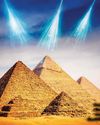
Putting cosmic rays to work
These penetrating interstellar particles have applications from astronomy to archaeology
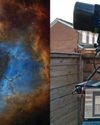
Set up your first imaging sequence
How to automate and coordinate your gear over multiple nights of imaging
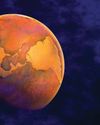
The Universe without gravity
Life with no gravity might sound a fun idea, but as Govert Schilling explains, shutting off this pivotalforce would spell disaster for Earth and beyond
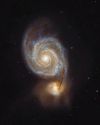
How to blend images taken with different camera setups
Combine data captured at varied focal lengths to create rich, deep images

INSIDE THE SKY AT NIGHT
Back in September 2021, The Sky at Night show spoke to Carly Howett about NASA's then upcoming Lucy mission. As the spacecraft now approaches its main targets - the Trojan asteroids - we check in with her to see how the mission is going
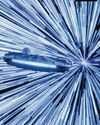
The science of SCI-FI
We love a good sci-fi film, but do they get the science right? Amy Arthur picks six of the big mistakes made in space films
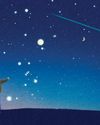
Seeing in a new light
It's National Astronomy Week this month, so take a tip from Mark Westmoquette and let mindful stargazing change your perspective on your life and problems
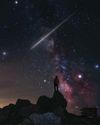
What to do if you find a meteorite
Ever come across an unusual rock and wondered if it's a meteorite? Mark McIntyre explains how to tell if that stone really is a fragment from outer space
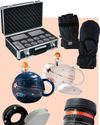
GEAR
Charlotte Daniels rounds up the latest astronomical accessories
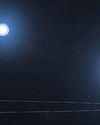
Q&A WITH A STELLAR ECLIPSE SPECIALIST
Many stars are gravitationally locked inside multi-star systems, but a rare new triple-star system has set a new record for how cosy these clusters can get